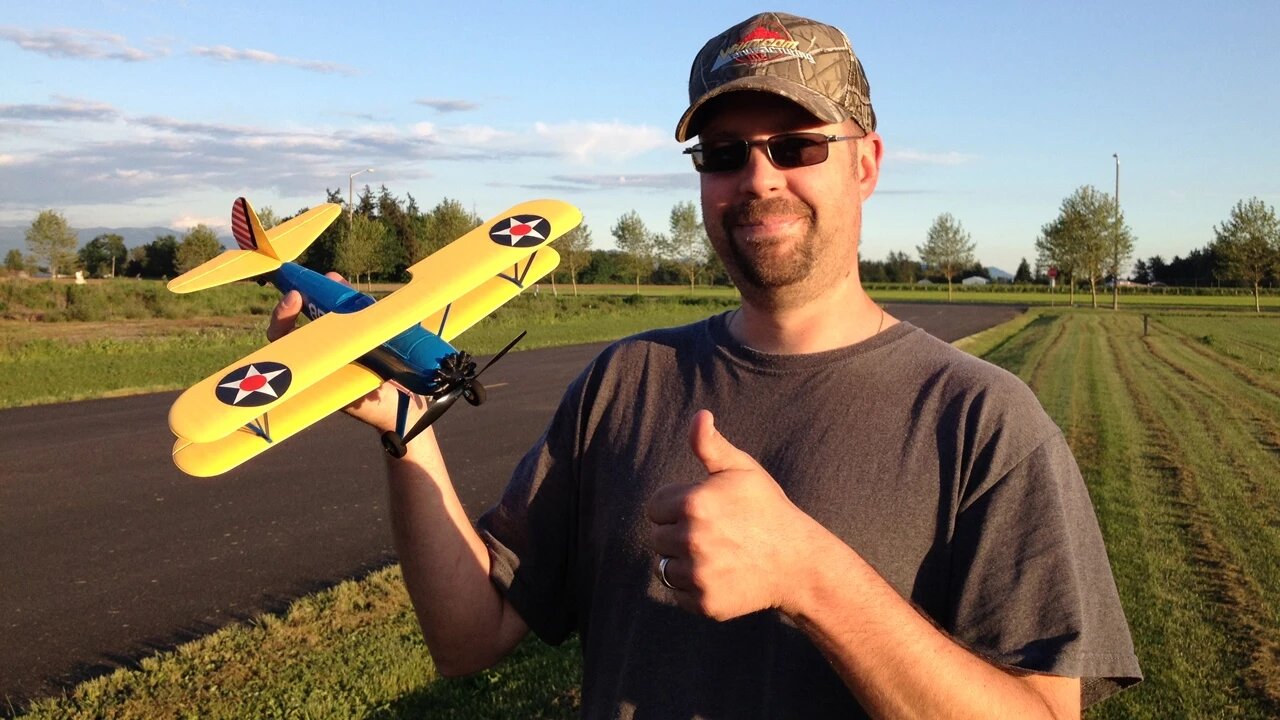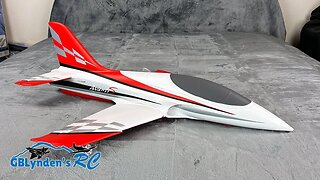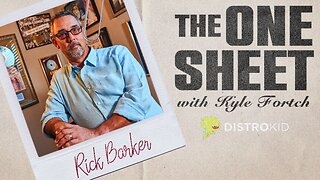Premium Only Content

John's Flight Review of GBLynden's E-Flite UMX PT-17 Stearman
This is the Flight Review and Maiden Flight for John with my E-flite UMX PT-17 Stearman BNF Warbird Biplane with AS3X Technology. In this video he flys it and then reviews it at the end after his flight.
Get the UMX PT17 here:
- Amazon: https://amzn.to/2IkbVHp
- Hobbyzone: https://bit.ly/2zvPnB2
The links in this description are affiliate links. They give me a small commission on sales which helps support the channel and keep it independent: https://www.amazon.com/shop/gblyndensrc
RC Equipment Used Or Mentioned In This Video:
- E-flite UMX PT17: https://amzn.to/2IkbVHp
- Spektrum DX6 Radio: https://amzn.to/2RgoDes
I haven't yet let John fly my E-flite UMX B-17 Flying Fortress, but I may do that do that at some point soon, but don't tell John I am thinking about it lol
This is how Horizon Hobby describes this plane:
"Built by the thousands to train pilots for the U.S. Army during WWII, hundreds of the PT-17 biplanes still fly. Many served as crop dusters and were given radial engines that doubled their horsepower. Not just tough, its well-mannered flight characteristics helped make it a general aviation treasure that’s a popular sight at air shows around the world.
The E-flite UMX™ PT-17 is modeled after the beautiful PT-17 owned by Pat Hartness, founder of the Joe Nall event held at Triple Tree Aerodrome, in South Carolina. Fully assembled right out of the box, you can be ready to fly in the time it takes to charge the battery. From the distinct outline to the cylinder fins on the dummy radial engine, scale detail can be seen throughout. The result is an impressive looking model that offers full four-channel control for great handling on the ground and the maneuverability to perform scale aerobatics.
The advanced AS3X® (Artificial Stabilization – 3-aXis) system built into the Spektrum™ 6-channel ultra micro receiver is what helps give the UMX PT-17 an incredibly solid look and feel in the air. It’s technology that works behind the scenes to help counter the effects of wind and turbulence by combining 3-axis sensing with exclusively tuned flight control software. As a result, your workload to fly smoothly is significantly reduced while control feel is always rock-solid so you can make maneuvers like low and slow passes laser-straight. It’s an impressive flight experience that will have you feeling like you’re at the controls of an expertly-tuned airplane that’s much larger."
The Boeing-Stearman Model 75 or Stearman (Boeing) Model 75 is a biplane used as a military trainer aircraft, of which at least 10,626 were built in the United States during the 1930s and 1940s.[1] Stearman Aircraft became a subsidiary of Boeing in 1934. Widely known as the Stearman, Boeing Stearman or Kaydet, it served as a primary trainer for the USAAF, the USN (as the NS & N2S), and with the RCAF as the Kaydet throughout World War II. After the conflict was over, thousands of surplus aircraft were sold on the civilian market. In the immediate postwar years they became popular as crop dusters, sports planes, and for aerobatic and wing walking use in airshows.
After World War II, the thousands of PT (primary trainer)-17 Stearmans were auctioned off to civilians and former pilots. Many were modified for cropdusting use, with a hopper for pesticide or fertilizer fitted in place of the front cockpit. Additional equipment included pumps, spray bars, and nozzles mounted below the lower wings. A popular approved modification to increase the maximum takeoff weight and climb performance involved fitting a larger Pratt & Whitney R-985 engine and a constant speed propeller. An iconic movie image is a Stearman cropduster chasing Cary Grant across a field in North by Northwest.
The US Army Air Forces Kaydet had three different designations based on its power plant:
PT-13
with a Lycoming R-680 engine. 2,141 total all models.[2]
PT-13 Initial production. R-680-B4B engine. 26 built.
PT-13A R-680-7 engine. 92 delivered 1937-38. Model A-75.
PT-13B R-680-11 engine. 255 delivered 1939-40.
PT-13C Six PT-13Bs modified for instrument flying.
PT-13D PT-13As equipped with the R-680-17 engine. 353 delivered. Model E-75.
PT-17
With a Continental R-670-5 engine. 3,519 delivered
PT-17A 18 PT-17s were equipped with blind-flying instrumentation.
PT-17B Three PT-17s were equipped with agricultural spraying equipment for pest-control.
It is pretty amazing how far we have come making videos over the years. These days we're flying high performance EDF Jets like my E-flite Viper and Freewing BAe Hawk, but it is still nice to mix in planes like this along with the new E-flite Night Radian Glider.
-
 7:43
7:43
GBLynden's RC
1 year agoNew Jet Unboxing | Arrows RC Avanti S 50mm EDF Jet
243 -
 1:03:25
1:03:25
Kyle Fortch
3 hours ago $0.68 earnedRick Barker: Managing & Developing Taylor Swift, Breaking Artists Today & MORE | THE ONE SHEET S1E5
7.25K -
 37:11
37:11
BonginoReport
6 hours agoDan Bongino is Leaving (Ep.146) - 02/24/2025
192K422 -
 2:59:20
2:59:20
Wendy Bell Radio
6 hours agoThe MAGA Diet
71.2K38 -
 1:22:03
1:22:03
Graham Allen
4 hours agoGRAHAM MAKES YUGE ANNOUNCEMENT!! + LIBERAL REP ROOTING AGAINST AMERICA?!
76.1K71 -
 1:01:28
1:01:28
Randi Hipper
2 hours agoETHEREUM PRICE BOUNCES AFTER BILLION DOLLAR HACK!
8.7K1 -
![Massive Paradigm Shift: Bongino Hired At FBI; Joy Reid Fired At MSBNC [EP 4450-8AM]](https://1a-1791.com/video/fwe1/52/s8/1/u/2/_/e/u2_ey.0kob-small-Massive-Paradigm-Shift-Bong.jpg) 3:54:43
3:54:43
The Pete Santilli Show
17 hours agoMassive Paradigm Shift: Bongino Hired At FBI; Joy Reid Fired At MSBNC [EP 4450-8AM]
141K18 -
 1:27:17
1:27:17
Game On!
16 hours ago $2.71 earnedAnother Monday without football...
36.8K8 -
 1:43:56
1:43:56
Jeff Ahern
3 hours ago $4.49 earnedMonday Madness with Jeff Ahern (Ding Dong the Witch is Gone!)
29.4K3 -
 34:56
34:56
Athlete & Artist Show
1 day ago $1.78 earnedCANADA WINS GOLD AGAIN!!
25.8K2